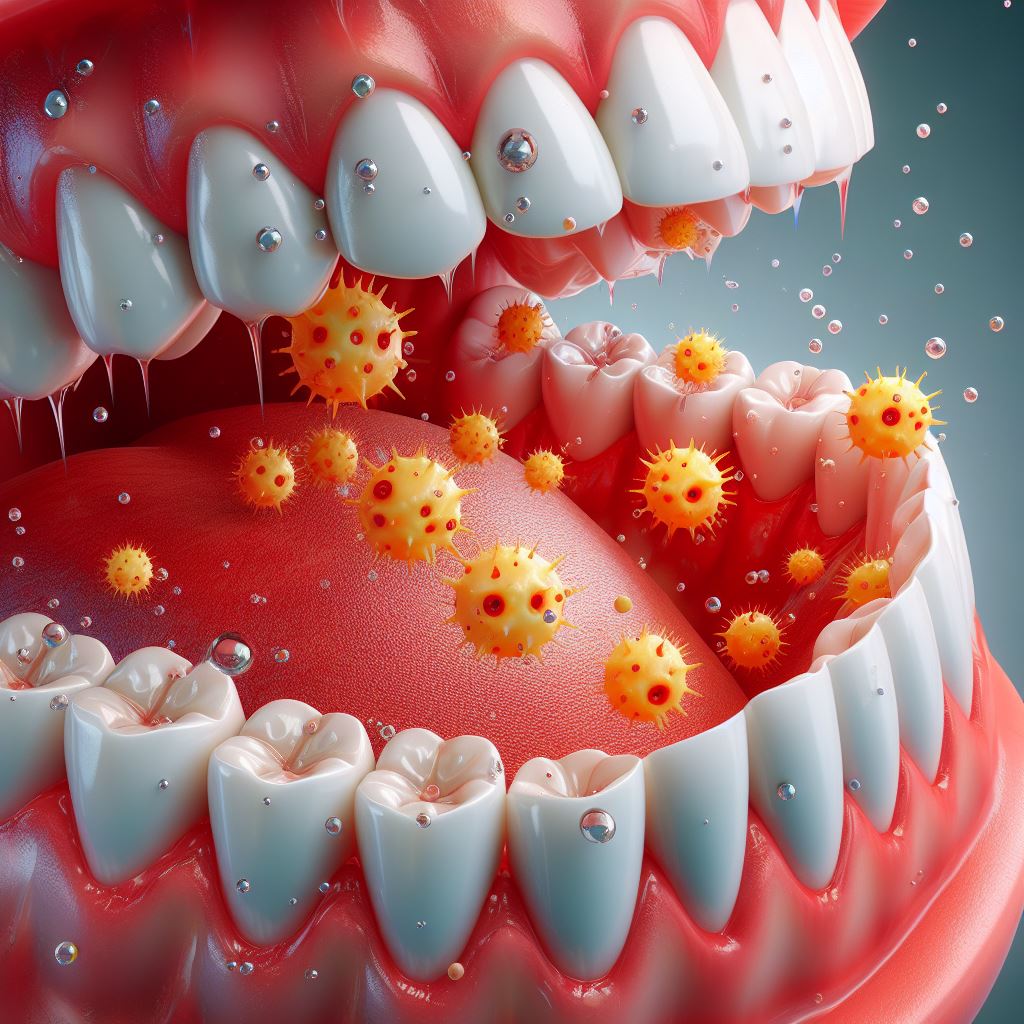Periodontal Disease: Current Treatments, Treatments In Development, And More

By Bill Breitenbach, Chief Executive Officer at Oral Bio Life, Stella Vnook, Founder and President at Oral Bio Life and Dr. Kenneth S. Kilgore, Chief Scientific Officer at Oral Bio Life
Periodontal Disease and its Long-Term Consequences
Periodontal Disease (PD) is a severe, progressive gum infection that targets the gums, inflaming and damaging the soft tissue and supporting bone around the teeth. PD is caused by pathogenic microflora in the biofilm that forms below the gum line adjacent to the teeth. The infection begins as gingivitis, which leads to periodontitis, causing the gums to recede and eventually destroy the bone supporting the teeth causing the teeth to loosen. Untreated Periodontitis ultimately results in tooth loss, chronic inflammation, and pain. There are also a variety of systemic health effects linked to the disease which are even more detrimental.
Research has linked progressive periodontitis to various life-threatening conditions, including cardiovascular disease, diabetes, kidney disease, Alzheimer’s, cancer, and more. Individuals suffering from PD are at a higher risk of osteoporosis and a 3-4x higher risk of stroke and both oral and pancreatic cancer.
What are the current therapies and treatments available?
Not only are the long-term effects of PD devastating, but the prevalence of the disease is also equally as worrisome, with over half of adults in the U.S. suffering from the infection and an estimated 1 billion cases of severe periodontal disease reported globally.
The lack of effective current treatment options is also concerning, with the clinical success of non-surgical therapies being only 39%, with major reported inconsistencies and ineffectiveness at regenerating vital bone and tissue.
The current non-surgical conventional therapy for patients includes Scaling and Root Planing (SRP), an often painful treatment that serves to reduce inflammation yet cannot regenerate the bone or prevent the recolonization of bacterial biofilms. With this method, a dentist removes the hardened plaque and tarter buildup above and below the gumline, cleaning down to the bottom of the peridontal pocket. The root planing process then begins, where a professional smooths out the tooth’s root to help the gums reattach to the teeth. The process is time-consuming and requires a local anesthetic due to the painful nature of the treatment.
Following scaling and root planing the dentist or periodontists can choose to apply antibiotics to the area if needed. SRP and subsequent application of antibiotics have been used regularly for decades. Yet, they are still ineffective in solving the condition because they do not address bone deterioration or prevent the recolonization of bacteria. This approach has several major limitations, including 1) limited effectiveness in moderate and severe cases, because antibiotics are unable to adequately penetrate biofilms, and 2) the need for frequent re-applications raises concerns regarding antibiotic resistance.
Another non-surgical treatment option is injectable dental biomaterials like hydrogels, which are promising because of their biocompatibility, adhesion, biodegradation, affordability, and simple chemistry. While this seems like a better method of treatment, some limitations still exist, including uncontrolled and rapid drug release, microbial resistance build-up, and a lack of complete periodontal tissue regeneration.
What treatments are in research and development?
With such a prevalent, harmful disease and a lack of effective treatment options, what research is being done to advance the space? This is where piezoelectricity plays a key role.
Piezoelectric materials have been extensively used for energy harvesting devices, sensors, and medical applications and play an important function in our everyday lives. These materials are used in everyday objects like the speakers used in cell phones and earbuds. The Piezoelectric effect harnesses the natural properties of materials like quartz, sugar cane, topaz, and collagen to produce an electric charge when subjected to mechanical force. When piezoelectric materials undergo pressure or even a slight vibration, a small electrical charge is produced.
These materials can be used to regenerate bone by mimicking the bioelectrical signals of bone tissue, promoting the ability of osteoblasts to adhere, proliferate, differentiate, and stimulate osteogenesis. Currently, researchers are developing treatments to use these materials in hydrogels to regenerate the bone loss caused by severe and progressive Periodontal Disease.
Barium titanate (BaTiO3, BTO) stands out as a biocompatible piezoelectric ceramic that has garnered considerable attention recently due to its acknowledged biocompatibility, elevated dielectric constant, exceptional ferroelectric properties, and the feasibility of nanoparticle fabrication. These attributes position BTO as a leading contender for the advancement of biomedical technologies and wearable bioelectronics. In the realm of dentistry, piezoelectric materials have been increasingly employed for antimicrobial, remineralization, and tissue engineering applications.
Researchers are continuing to study and test out BTO, with trials proving it exhibits remarkable bone-regenerating effects. BTO is providing an innovative and promising solution to those suffering from PD, enhancing the quality of life and reversing the disease’s damaging effects.
Other non-surgical treatments in research include:
● Host Modulation Therapy: This method seeks to modulate the host response to specific pathogens, aiming to enhance the immune system’s ability to fight PD.
● Gene Therapy: This research seeks to modify the expression of genes related to tissue repair, promoting overall better oral health.
● Stem Cell Therapy: Current research explores how stem cells can potentially regenerate damaged tissue and expedite and promote the healing process.
● Microbiome Research: Current studies of the oral microbiome seek to understand the role of specific bacteria in periodontal disease which may lead to the ability to manipulate the microbial balance.
● Photodynamic Therapy: This treatment in development approaches to use light-activated agents to target and eliminate periodontal pathogens.
As research continues to advance with the technologies of today, treatments like Piezoelectric gel therapy provide a beacon of hope for those suffering from severe periodontal disease. The research and development of new drugs, treatments, and therapies can also prevent the progression of PD into life-threatening ailments.



